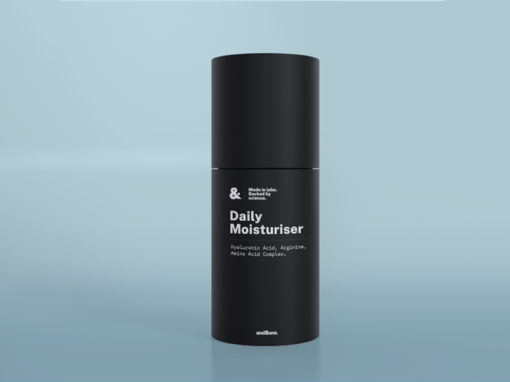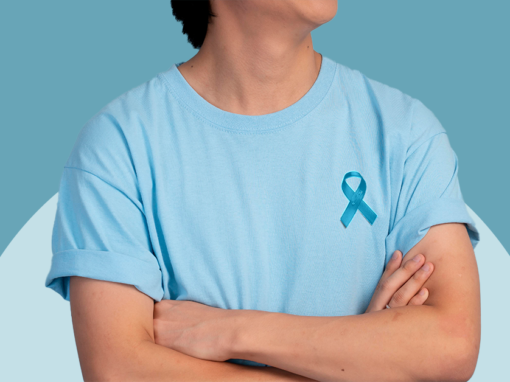Male hypogonadism, or H1, is a condition in which the body doesn’t produce enough testosterone. It affects about 4 million men in the United States and can affect physical and psychological health. This article will discuss some of the symptoms, causes, and treatments of male hypogonadism so that low testosterone in men can be better managed.
Overview
Hypogonadism in males refers to a situation where the body does not generate sufficient testosterone, which is a crucial male sex hormone. There are two main types: primary and secondary. In primary hypogonadism, the testicles or hypothalamus-pituitary axis do not produce the hormone properly. This could be due to a genetic disorder, an infection, or testicular injury. In secondary hypogonadism, the problem is in the hypothalamus and pituitary glands, which are responsible for releasing the hormones that stimulate testosterone production.
Types of male hypogonadism
What causes low testosterone in young males, simply put, is because of the two main male hypogonadism types: primary and secondary.
Primary hypogonadism occurs when the testicles or hypothalamus-pituitary axis do not produce testosterone properly. Common causes include:
- Genetic disorders such as Klinefelter syndrome, a condition that affects males and is usually associated with infertility
- Infections, including mumps orchitis, a viral infection of the testes
- Injury to the testicles or other trauma
- Testicular cancer or treatment for it, such as radiation or chemotherapy
- Use of certain medications, including opiates or steroids
Secondary hypogonadism is caused by problems in the hypothalamus and pituitary glands, which are responsible for releasing the hormones that stimulate testosterone production.
Common causes include:
- Medications, such as glucocorticoids, used to treat allergies or autoimmune diseases
- Tumours, including those of the pituitary gland
- Chronic illnesses such as diabetes, kidney disease, or HIV/AIDS
- Obesity or being overweight
Symptoms of hypogonadism in men
Normal testosterone levels are important for male sexual development and reproductive health. Male hypogonadism symptoms vary from mild to severe, including:
- Decreased libido or sex drive
- Erectile dysfunction
- Infertility
- Muscle loss and decreased muscle mass
- Fatigue or low energy levels
- Reduced body hair and changes in baldness pattern
Male hypogonadism treatment
Testosterone replacement therapy
This is the main treatment for hypogonadism and involves taking testosterone through injections, gels, or patches. TRT can help increase energy levels, libido, and muscle mass. It also helps to prevent bone loss and reduce symptoms of mood changes.
Human chorionic gonadotropin (hCG) therapy
hCG is a hormone that stimulates testosterone production. It treats both primary and secondary hypogonadism and can help restore fertility in men with low sperm counts due to hypogonadism.
Anabolic steroids
Anabolic steroids are synthetic hormones used to increase muscle mass and strength. They can be taken orally/injected but can cause serious side effects like liver damage, acne, and aggression. It is not recommended for long-term use because of the potential risks.
Surgery
Surgery may be necessary to treat certain types of primary hypogonadism. This includes removing a tumour or repairing an injury to the testicles preventing testosterone production. Surgery may also be performed, in some cases if an obstruction in the hypothalamus-pituitary axis is causing secondary hypogonadism.
Conclusion
Male hypogonadism is a condition that affects many men and can have serious consequences on their health. Various factors, including genetic disorders, infections, injury or trauma to the testicles, medications, and chronic illnesses cause it.
Symptoms include decreased libido, erectile dysfunction, infertility, muscle loss, fatigue, and changes in hair growth. While there is no cure, testosterone replacement therapy (TRT), Human Chorionic Gonadotropin (hCG) therapy, anabolic steroids, and surgery are treatments that can help restore testosterone levels and improve symptoms of hypogonadism. Individuals with hypogonadism must discuss the best treatment options with their healthcare professionals to determine the most appropriate treatment.
FAQs about male hypogonadism
Is hypogonadism the same as low testosterone?
Yes, hypogonadism is a condition caused by low testosterone levels in the body, causing hormonal imbalances in men. Various factors, including genetic disorders, infections, injury or trauma to the testicles, medications, and chronic illnesses can cause it.
Is male hypogonadism curable?
No, there is no cure for male hypogonadism. However, treatments available can help restore testosterone levels and improve symptoms of the condition. Individuals with hypogonadism must discuss the best treatment options with their healthcare professionals.
At what age do men start losing testosterone?
Testosterone levels typically begin to decline after the age of 30. Testosterone levels typically begin to decline after the age of 30. Medical conditions such as hypogonadism can cause some men to experience a decline in testosterone earlier.
This article is for informational purposes only and does not constitute medical advice. The information contained herein is not a substitute for and should never be relied upon for professional medical advice. Book a consultation with andSons medical team to learn more about healthcare treatments here.


